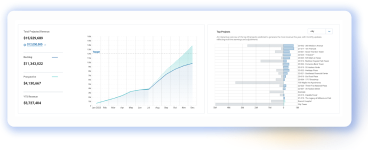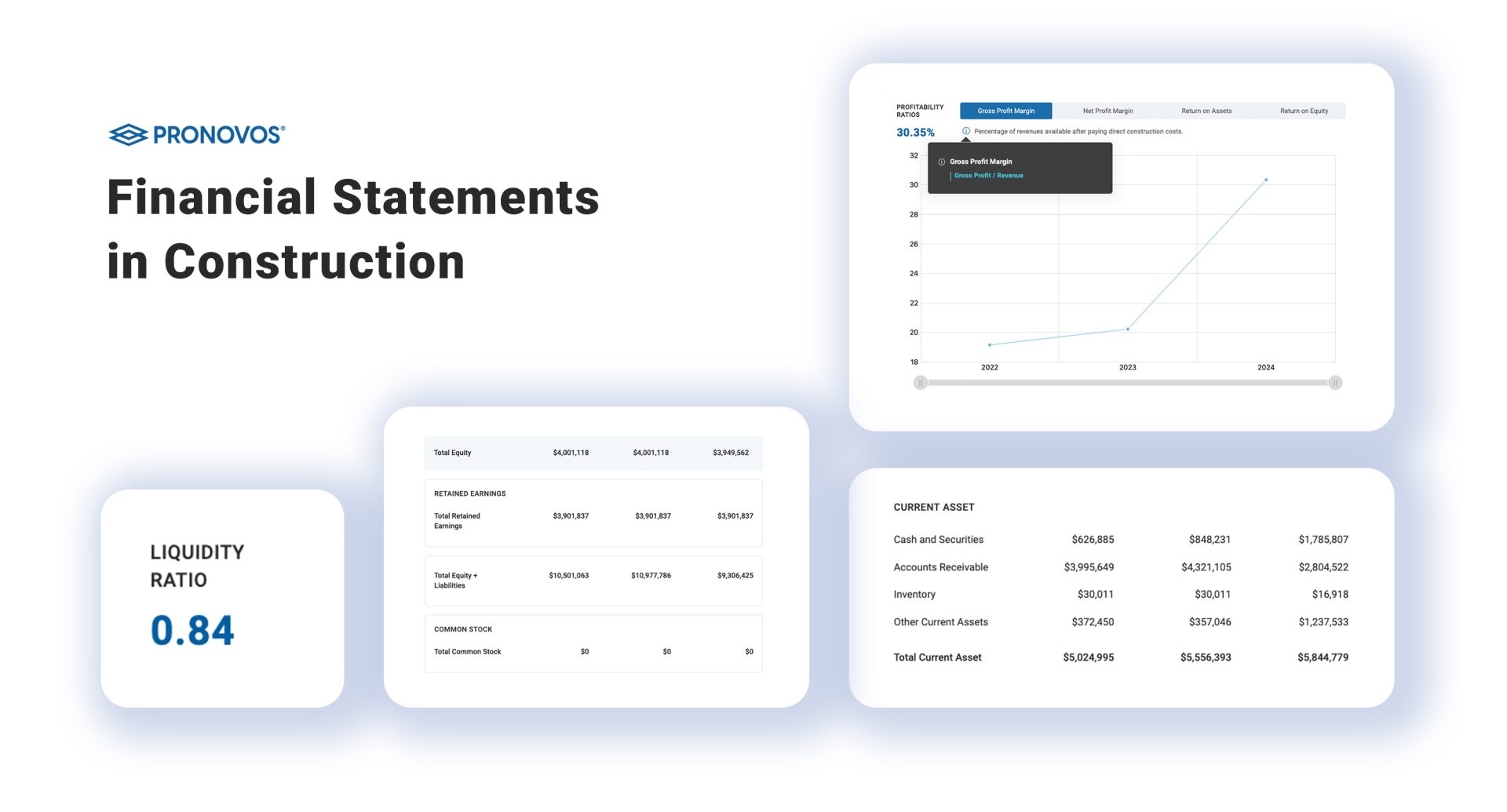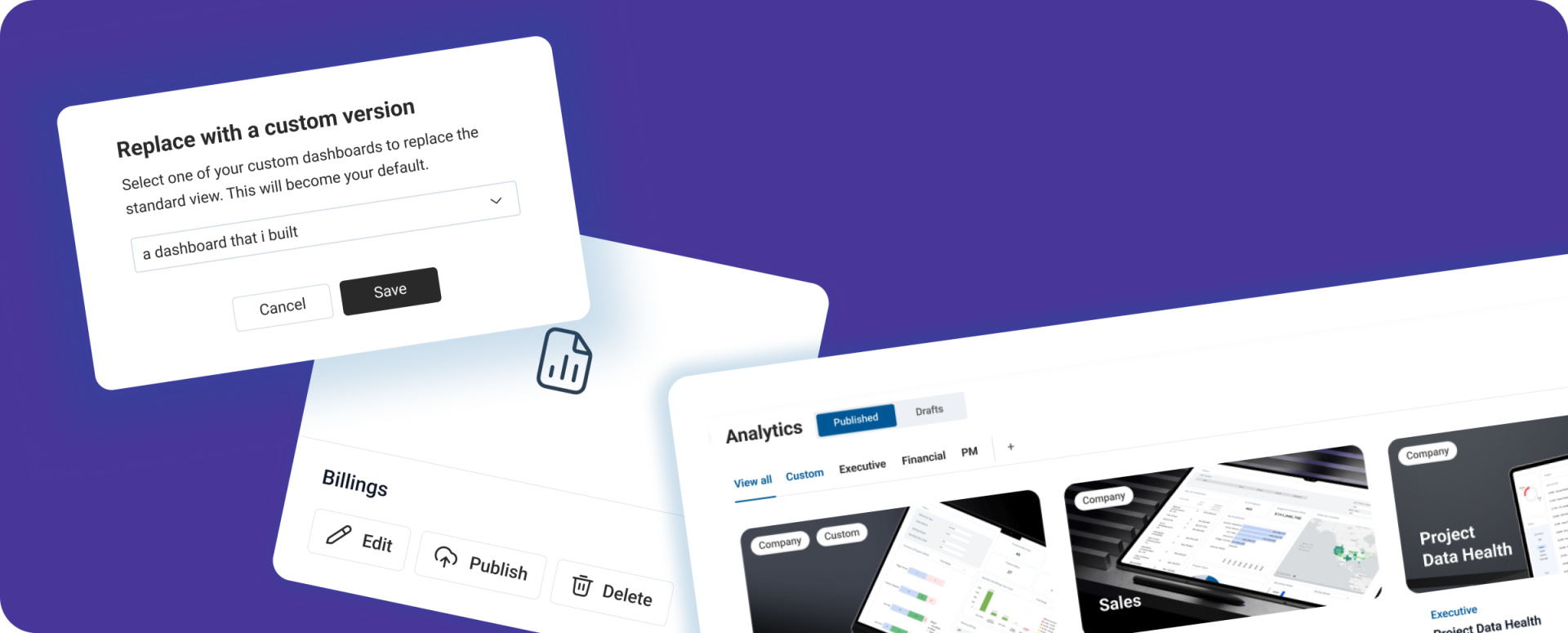Intro to Financial Statements in Construction
Financial statements in construction are like blueprints for a company’s financial health. Just as blueprints guide the construction of a building, financial statements – including the Balance Sheet, Income Statement, and Cash Flow Statement, along with the Work-in-Progress (WIP) Report – are essential for building a strong financial foundation. They provide a snapshot of the company’s financial activities, revealing where money is coming from and where it’s going. These documents help identify financial strengths and intricacies, enabling informed decision-making in the complex world of construction financial management.




